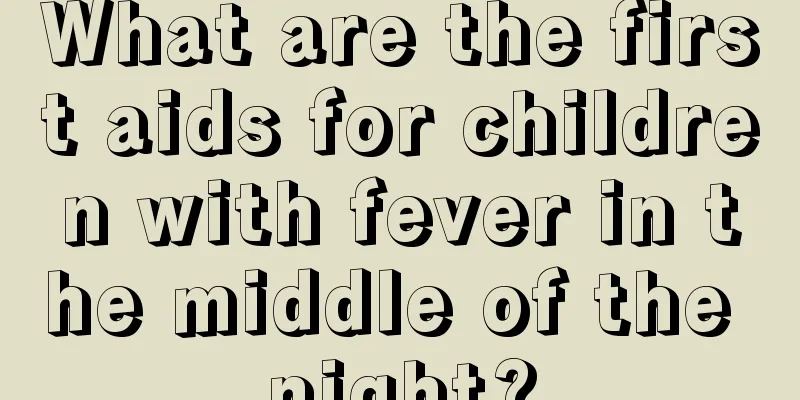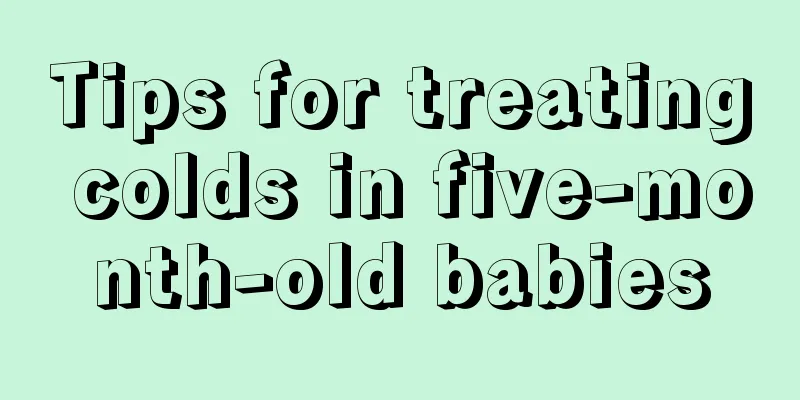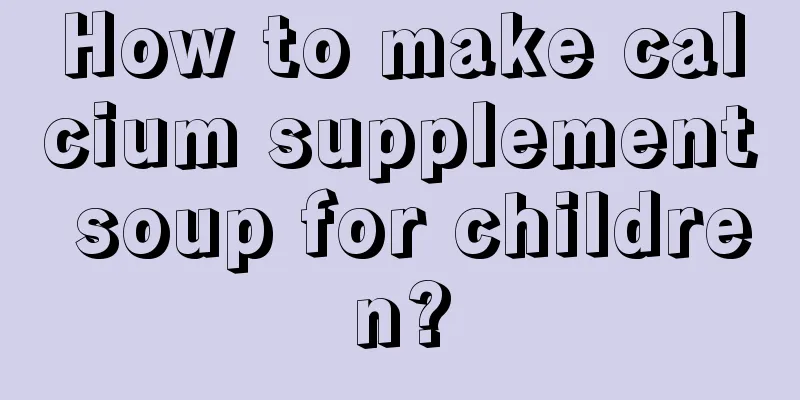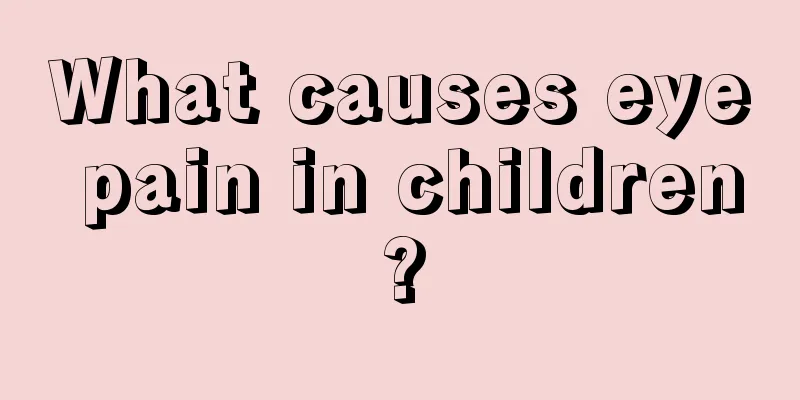What are the first aids for children with fever in the middle of the night?

|
What are the first aid measures for children who have a fever in the middle of the night? Because they don’t understand, many parents don’t know what to do. Because children are relatively young, many functions of their bodies have not yet fully developed. If the child has a fever at this time and there is no good way to reduce the fever in time, it is very likely that the child's brain nerves will be damaged due to the high fever. Let’s take a look at the first aid measures for children with fever in the middle of the night. What are the first aid measures for children who have a fever in the middle of the night? Because they don’t understand, many parents don’t know what to do. In fact, since children's body functions are not fully mature yet, fever is a normal symptom. Fever is generally caused by colds, otitis media, and urinary tract infections. Otitis media is usually caused by bacteria or viruses from a cold that spread upward through the Eustachian tube to the middle ear. Except for severe otitis media where pus can be seen flowing into the ear, most abnormalities cannot be seen from the outside. First, measure your temperature. Parents should not panic if their children have a fever at night. The first thing to do is to test the child's temperature with a thermometer to see the extent of the child's fever, and then take corresponding measures. When the child's body temperature is below 38.5 degrees, physical cooling methods can be used to help the baby cool down. Second, drink more warm water Vegetable water and fruit juice. Let your baby drink more water and replenish body fluids. This is the most basic method of reducing fever. It is very effective and practical and suitable for all babies with fever. Do not give your baby cold water, but warm water, because fever in babies is often accompanied by gastrointestinal symptoms and cough, and drinking cold water will aggravate these accompanying symptoms. Third, warm water bath Wipe the whole body with a warm towel. This is a great way to cool down any baby who has a fever. The water temperature should be between 32 and 34 degrees Celsius, and each wiping time should be more than ten minutes. The key areas to wipe are the skin folds, such as the neck, armpits, elbows, groin, etc. Fourth, warm water bath The water temperature is about three to four degrees lower than the sick child's body temperature, and each time lasts five to ten minutes. Many parents think that babies should not be bathed when they have a fever. In fact, on the contrary, giving babies a warm bath can help cool them down. A warm bath is suitable for all babies with a fever. Fifth, low temperature chamber method Place the sick child in an environment with a room temperature of about 26 degrees to slowly lower the body temperature. In order to allow the skin to come into contact with the outside air and help cool down, people need to wear less clothes. If conditions permit, use air conditioning to lower the room temperature. This method is suitable for babies under one month old, especially in summer. As long as you open the baby's clothes and put him in a cool place, his body temperature will slowly drop. If your baby has chills and shivering when having a fever, you should not use the low-temperature chamber method. 6. Cooling patch Cooling patches are a new product in recent years and are very popular. In fact, their cooling effects are average and not as exaggerated as advertised. Putting a patch on the baby's forehead will make the baby's head feel more comfortable and the parents will feel more at ease too. It should be beneficial and harmless. 7. Ice compress You can use a small amount of ice compress appropriately, and apply ice or cold compress to the baby's forehead, both sides of the neck, armpits, groin and other large blood vessels. But be sure to wrap a layer of cloth around the ice bag to prevent local frostbite on the baby's skin, and babies under six months old should not be given ice compresses. There is still much controversy about the pros and cons of this approach. It is generally believed that ice compresses do more harm than good, because they may cause the capillaries in the baby's skin to contract, hindering heat dissipation and causing the body temperature to be higher. Especially if accompanied by chills or shivering, ice compresses should not be used. 8. Alcohol bath This approach has been abandoned. Babies' skin is very thin and alcohol is highly permeable, so it may be absorbed into the blood through the skin. In addition, alcohol baths can irritate the skin, causing capillaries to contract, hindering heat dissipation, and causing the body temperature to rise. The above is the first aid method for children who have a fever in the middle of the night. Parents should pay attention when taking care of their children. Never let your children catch a cold or fever. If they accidentally catch a cold or fever, you should use the above knowledge to cool your child down in time. The most commonly used method is to wrap ice cubes in a towel and carefully wipe the child's forehead. In addition, a fever patch is also a good choice. |
<<: Some care methods for children with fever and sweating
>>: Some things to note when a child has a fever and bad breath
Recommend
Treatment of lupus nephritis in children
We know that children's physical health is wh...
Why does my baby cough and make a sound in his throat?
Some babies have throat coughing problems, which ...
Why does the child cry in the middle of the night?
Children under one year old are prone to crying i...
Why does a child breathe through his mouth when sleeping?
As parents, we all hope that our children can gro...
Why does the child's head sweat?
If a child's head sweats a lot, it will often...
What causes right lower abdominal pain in children?
When a child complains of a stomachache, the pare...
Does nebulization have any side effects on babies?
Whenever the seasons change, the temperature chan...
How to correctly perform massage for children with diarrhea?
Children's gastrointestinal function is not y...
Which department should children with ADHD go to?
Attention deficit hyperactivity disorder (ADHD) i...
Can a baby take a bath when he has a low fever?
When a baby has a low fever, you need to pay atte...
What causes excessive sweating in children?
Every female mother knows that it is very common ...
What to do if your child has cheilitis
In fact, in the early stages of cheilitis, it oft...
The harm of babies sleeping in cradles
All babies do is eat and sleep. The key point is ...
What should I do if my child's transaminase is high?
Parents should pay attention to children's hi...
What are the baby's developmental indicators at two months?
In fact, people who have just become parents prob...









